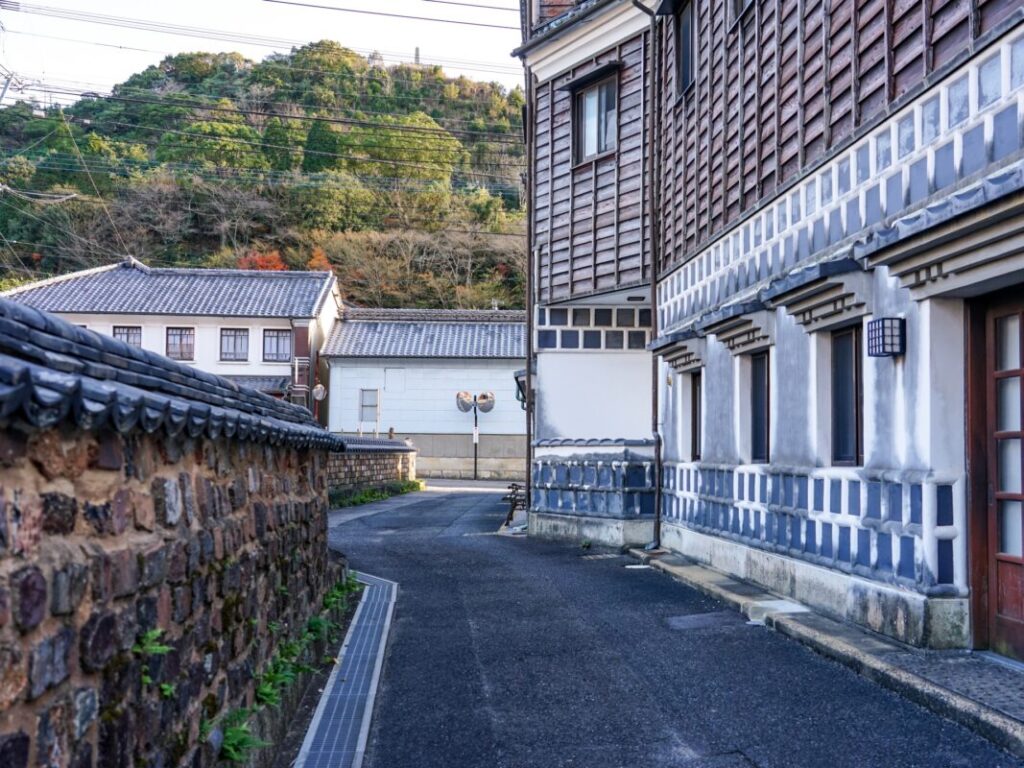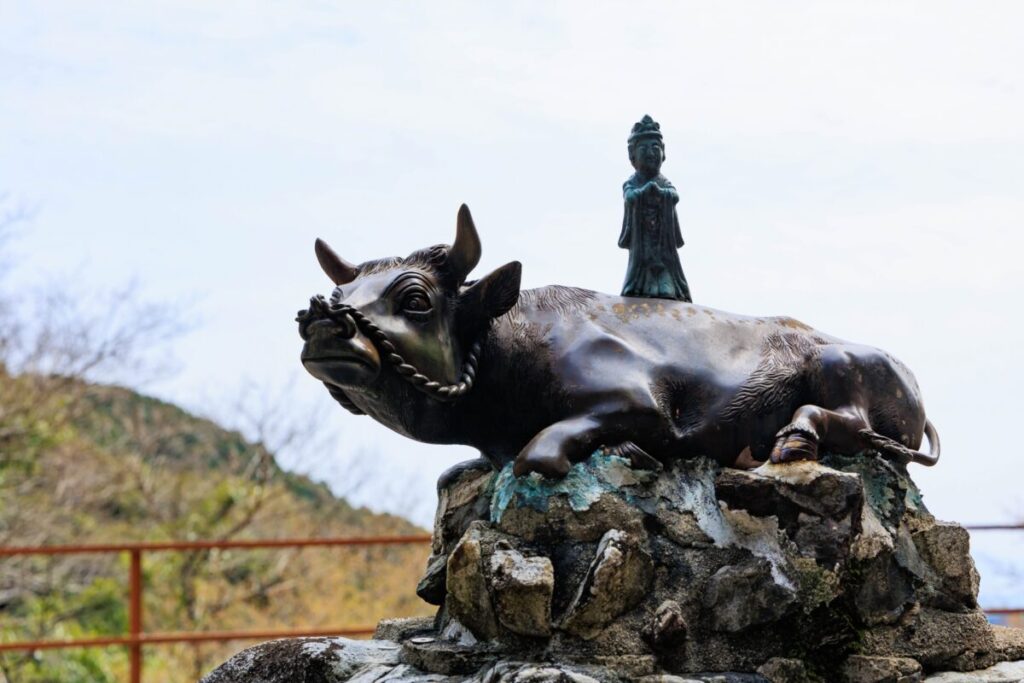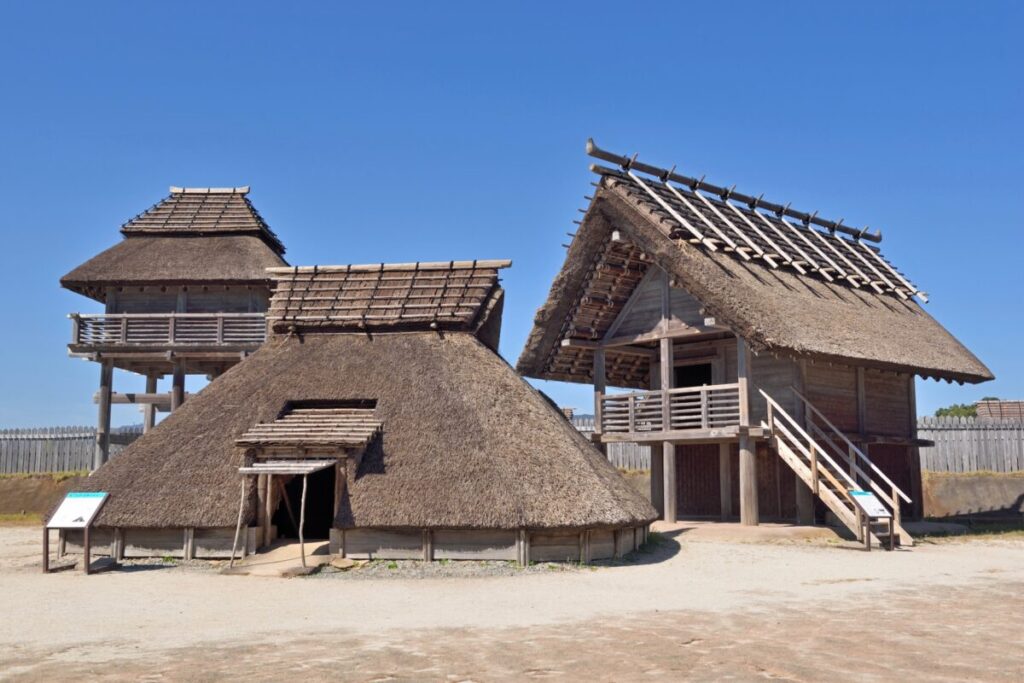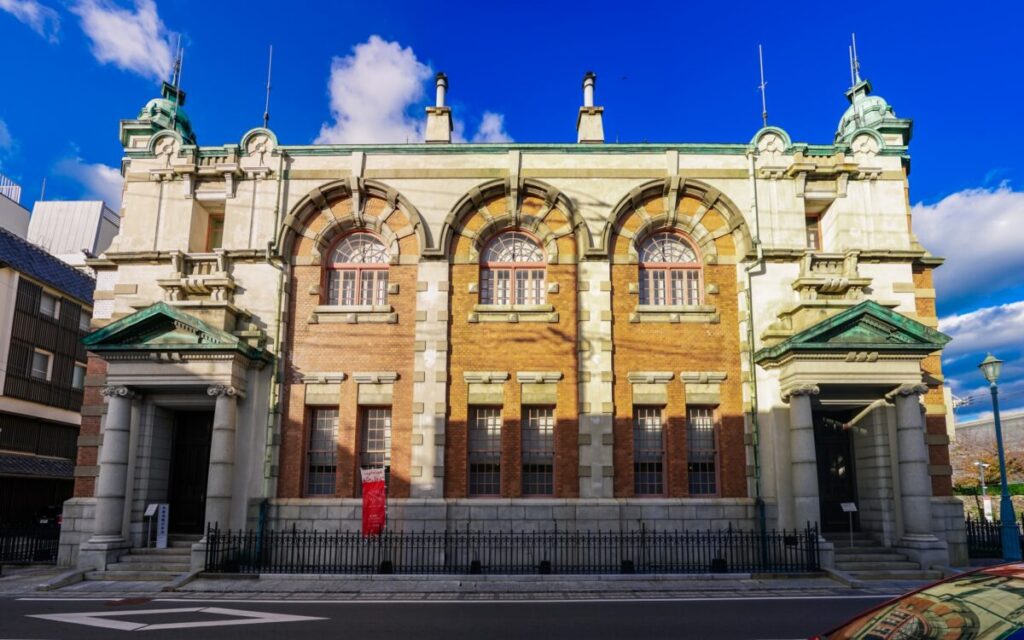An invitation to a journey through the history of Saga Prefecture

For me, Saga Prefecture is a place where Japanese history and natural beauty intersect. While traveling all over the country, I was particularly impressed by the depth of Saga Prefecture’s climate and history. By visiting this place, you can experience the richness of Japan’s history and culture from a new perspective.
Deep dive into history: Historical background of Saga
Saga Prefecture is the land where Oda Nobunaga, Toyotomi Hideyoshi, and many military commanders who served the Edo Shogunate were active during the Edo period. As I walked through the vast grounds of Saga Castle, I imagined what kind of strategies the warlords of the past devised and how they shaped Japan’s history.
Saga is home to many historic buildings and sites, making it an irresistible attraction for history buffs. I was particularly interested in the ancient armor and weapons on display at the Saga Prefectural Museum. It was also so fascinating to take a stroll through the historic townscape where you can get a glimpse of daily life in the Edo period and forget about time.

Off-the-beaten-path sightseeing: Hidden spots in Saga
Saga Prefecture has some famous spots that are visited by many tourists, but I decided to visit a little-known spot that is loved by locals. For example, Yutoku Inari Shrine in Ogi City is known for its beautiful autumn leaves and tranquil atmosphere. In addition, you can enjoy the beautiful scenery of each season while walking along the mountain trail at Mt. Takara, which is close to Saga City.
There are many hidden gems where you can feel the nature and history of Saga, and I was captivated by the quiet beauty of these areas. The trip to Saga Prefecture was a great opportunity to rediscover Japan’s history and natural beauty.
This is my first experience digging deep into the history of Saga Prefecture and sightseeing in hidden spots. In the next part, we will explore the charm of Saga even more deeply, focusing on its traditional crafts and delicious local food.

Exploring Saga’s traditions and tastes
Saga Prefecture is known for traditional Japanese crafts and delicious regional cuisine. While experiencing the traditional culture of this land, I encountered new flavors and learned more about the deep charm of Saga.
Traditional craft: Saga ceramics
Saga Prefecture is known as the production area for Arita ware and Imari ware, which are highly praised both in Japan and abroad. I visited Arita Town and talked with local potters and was able to experience their skills and passion up close. In particular, at Arita Porcelain Park, I saw a display of beautiful ceramics and was moved by their delicate beauty and high level of skill.

Local taste: Saga’s food culture
Saga Prefecture is blessed with fresh seafood and fertile land, producing many delicious ingredients. I thoroughly enjoyed local specialties including Saga beef. When I tried Saga beef shabu-shabu at Meat Restaurant Fujimoto in Saga City, I was impressed by its softness and deep flavor.
Saga Prefecture is also a production area of “Saga rice”, and it was a special experience to taste the new rice grown here. The time I spent enjoying the beautiful scenery of rice fields and the cuisine made with local ingredients was a valuable experience for me to reaffirm the richness of Japan’s land and food.

Connecting with the community: interacting with local people
Our trip to Saga became even richer through our interactions with the locals. I was able to talk with local people at a small restaurant in Saga City and learn about their lives and the history of the area. Through this exchange, I was able to feel the warmth of the local communities in Saga Prefecture and the importance of the traditions and culture that are rooted in the daily lives of local people.
Exploring Saga’s traditions and tastes was a valuable experience that allowed me to deeply feel the richness of Japan’s regional culture and the uniqueness of each region. In the next part, we will introduce more attractions, focusing on the natural beauty and activities of Saga Prefecture.

The charm of Saga in nature
The nature of Saga Prefecture has healed my soul and provided me with new discoveries. We were able to enjoy a variety of activities while enjoying the natural beauty of this area.
Nature exploration: Saga’s beautiful scenery
Saga Prefecture is a region with a wide variety of natural scenery including mountains, rivers, and the sea. I visited Ureshino Onsen and relaxed in its clear waters. While walking around the hot spring town, I was able to feel the historical buildings and the local atmosphere.
Additionally, the clear waters of the Kishima River, which was selected as one of the 100 best waters near Saga City, purified my soul. As we walked along the riverside promenade, we were able to catch a glimpse of the beautiful nature of each season and the daily lives of local people.

Full of activities: Outdoor activities in Saga
Saga Prefecture is also blessed with outdoor activities. I enjoyed hiking at Genkai Quasi-National Park in Karatsu City and was moved by the magnificent seascape and natural beauty. We were also able to enjoy mountain climbing at Mt. Takara near Saga City. The view from the top of the mountain was breathtakingly beautiful, and we were able to experience the richness of Saga’s nature.

Cooperation with local communities: Promoting ecotourism
In Saga Prefecture, ecotourism is promoted to protect the region and nature. I participated in Arita Town’s “Ecotourism Arita” program and was able to enjoy sightseeing while preserving the local nature and culture. Exploring nature with a local guide and learning about the history and culture of the area was a valuable experience for me.
Through the nature and activities of Saga, I was able to experience the beautiful scenery of Japan and the efforts of local communities. In the next part, I will introduce in detail the special encounter I had in Saga Prefecture and the Japanese local society I learned about here.

Special encounters and learning in Saga
My trip to Saga Prefecture was more than just sightseeing for me. The encounters I had with local people and the things I learned every day were deeply engraved in my heart.
Encounter with local community
The most impressive thing about my time in Saga Prefecture was meeting the local people. I was able to enjoy chatting with local residents at a small cafe in Saga City called Cafe Hidamari. Their warm welcome and listening to local stories made me feel the strength and solidarity of Saga’s local community.

Learning about Japanese local communities
Saga Prefecture shows that local communities work closely together and value local culture and history. The local community of Saga Prefecture, like other communities across Japan, values Japanese tradition and local pride. My experience in Saga Prefecture reaffirmed the beauty and importance of local communities in Japan.

Participation in local events
Various local events are held in Saga Prefecture throughout the year. I participated in the “Saga Balloon Fiesta” held in Saga City and sent beautiful balloons into the sky together with local people. The event was a great opportunity to unite the Saga community and celebrate the region’s traditions and culture.
The special encounters and learnings I had in Saga were the most memorable and memorable of my travels throughout Japan. In the next part, I will share the impact my trip to Saga had on me and my advice for future travelers.

The influence of the Saga trip and the next step
My trip to Saga Prefecture had a lot of influence on my heart. It was an opportunity to reaffirm the beauty of Japan and the richness of its regions, and to see the whole country from a new perspective.
Influence of the Saga trip
The many encounters and experiences I had in Saga made me realize once again the importance of Japan’s regions and cultural diversity. Saga’s history, nature, food, and people made me feel even more drawn to traveling throughout Japan.

Advice for your next trip
Saga Prefecture, like the rest of Japan, has its own charm and history. The next time you visit Japan, I highly recommend exploring the beauty and uniqueness of regions across Japan, including Saga Prefecture. You can also experience the warmth and solidarity of Japanese local communities by interacting with local people and participating in local events.

Looking back on my trip to Saga
My trip to Saga was a wonderful experience for me, reaffirming the charm of Japan’s regions and the richness of its culture. I would like to continue traveling throughout Japan and exploring the unique beauty and culture of each region.
My trip to Saga remains in my heart as an everlasting memory and serves as an inspiration to further explore the charms of travel across Japan. The rich experiences and new discoveries you will gain by visiting Saga Prefecture will be of value to other travelers as well.

Impressions of the trip
What the land of Saga has given me is immeasurable. I have traveled to many places in Japan before visiting this beautiful region, but Saga has a unique charm and historical depth. This trip gave me the opportunity to reaffirm the uniqueness and richness of each region of Japan.
When I first walked through the old streets of Saga, I felt the breath of history that has been passed down through time. The old buildings of the city and the lives of the local people taught me the wonders of Japanese tradition and culture. As I walked through the vast grounds of Saga Castle, I imagined the weight of history and the lives of the samurai.
The nature of Saga was also captivating. The clear flow of the Kishima River and the warm waters of Ureshino Onsen provided a comfortable tranquility, escaping the hustle and bustle of daily life. Climbing Mt. Takara made me realize the beauty of Saga’s nature and the changing seasons.
The most memorable part was meeting the local people. Their warmth and welcoming spirit gave me a sense of the strength and solidarity of Japanese local communities. The time I spent with the locals at Saga Balloon Fiesta gave me a sense of the unity and joy of the Saga community.
Saga’s delicious ingredients and cuisine also made me realize the richness of Japanese food culture. The softness and flavor of Saga beef and the sweetness of the new rice reminded me of the wonders of Japanese food.
Through this trip, I was able to further appreciate the richness and diversity of Japan’s regions. My trip to Saga was deeply engraved in my heart and provided me with a new perspective and inspiration for my future travels across Japan. And I am filled with gratitude for the beautiful land and wonderful people of Saga.

Historical buildings selected by Kasumi
Saga Prefecture has a historical background, and many historical buildings still maintain their charm. Here, I, Kasumi, will introduce five historical buildings in Saga Prefecture that I have selected. We will assign a “Kasumi Point” to each item and explain its appeal.
Saga Castle (Saga City)
Kasumi Point: Saga Castle is characterized by its vast grounds and beautiful stone walls. It is a very pleasant experience to walk around the castle grounds and feel the flow of history.

Former Nabeshima residence in Ureshino Onsen (Ureshino City)
Kasumi Point: The former Nabeshima residence still conveys the beautiful atmosphere of a samurai residence from the Edo period. Its historic architecture and gardens give you a sense of the times.

Takeo Shrine (Takeo City)
Kasumi Point: Takeo Shrine is a place where you can feel the spirit of good old Japan. The mysterious atmosphere and ancient architecture make visitors feel the weight of history.

Arita Ceramic Museum (Arita Town)
Kasumi Point: At the Arita Ceramic Art Museum, you can feel the history and beauty of Saga Prefecture’s ceramics. The architecture of the museum itself is beautiful and gives you a sense of its historical background.
Tomb of the Nabeshima feudal lord (Saga City)
Kasumi Point: The Nabeshima feudal lord’s grave is a quiet and solemn place where you can feel the history of Saga. The cemetery’s orderly layout and historical background invite deep thought for visitors.
These historical buildings are places where you can feel the rich history and culture of Saga Prefecture. The unique charm and historical background of each building will make your trip to Saga even more colorful.







